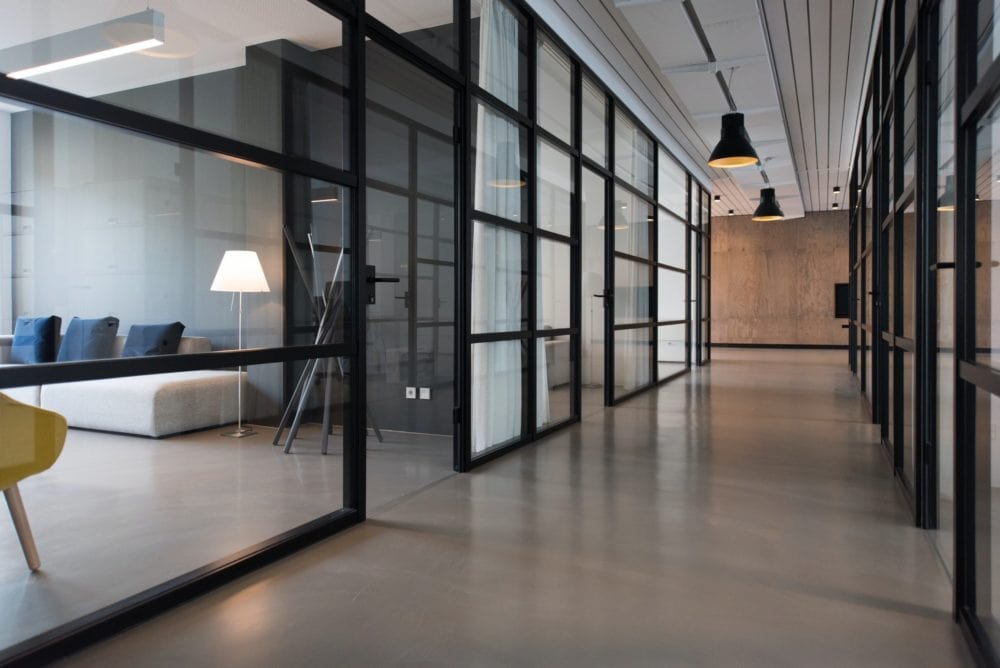Trailblazing
Building the Communities of Tomorrow: A Conversation with Maximus COO Fred Knapp

Out of adversity comes opportunity, and while the COVID-19 pandemic is presenting challenges for real estate developers and communities, innovators will be able to seize the moment to create new possibilities for their residents. With 30 years of real estate experience and a strong customer-first mentality, Maximus’ Chief Operating Officer Fred Knapp is uniquely positioned to lead his company to new growth opportunities. As Executive Director of real estate firm Hudson Yards, Fred helped transform the New York City skyline with its iconic structures and create jobs for hundreds of employees across New York. We sat down with Fred to discuss the impact of COVID-19 on resident communities, and what amenities and services will be more important than ever as we move into the future.
For apartment and condominium communities, how might resident behaviors change when it comes to enjoying shared amenities like common areas, lounges, gyms, or spas in a post-COVID world?
Consumer attitudes towards everything have changed. It’s hard to say exactly what, other than it’s different. Two major areas in considering changes are first, more private services, and second, greater attention to maintaining common elements with hygiene and anti-contaminant cleaning. The rental environment needs to predict and model greater in-unit autonomy and services, creating increased independence from high-touch amenities. The needs of the home have also changed, including an increased need for technology and a significant blending of work/home capabilities.

What amenities that don’t exist today can you imagine will exist in the near future?
I think there will be more of an interest in quick set-up home offices, which would include better bandwidth as well as improvements to technology. Changes here will also allow for an increase in home commerce opportunities. I imagine there will be greater interest in apothecary and natural clean environments for residents, and you may see some developments offering smaller and more bespoke services and adventures. Last but certainly not least, I think we will see an emphasis placed on mental and physical wellness opportunities for residents, as well as alternatives to mass transportation.
What have you learned in the past 30-45 days that has caused you to rethink best practices you may have spent the last 30 years formulating in the arena of mix-used/multifamily management?
The real estate industry is one of the most prehistoric and parochial when it comes to service delivery. It has not experienced material changes in the last 20 years. Rapid adoption by the consumer around technologies and alternate means of commerce will have a major effect on the industry. Foregoing the need for social consciousness within a business and instead focusing solely on the commodity will have devastating ramifications for many small and institutional owners/managers. At Maximus, we welcome the challenge and look forward to operating in this new landscape.
How will the “gig economy” and the impact of entities like WeWork and SPACES affect the way mixed-use/multifamily properties are created? If COVID-19 brings more of a “work from home” mentality from employers, is that enough to cause a shift in development practices?
Interesting questions that may need more time to unfold. Before you get to the WeWork models and SPACES we should consider what corporate America plans to do. The last 15-year cycle has seen urban centralization and densifying. Prior to that, quality of life in the suburban markets was the paradigm. If you look at the movements in the last 30-40 years in space and density issues, the cycle is pretty clear. Decentralized, distributed officing for a more mature and stable workforce gave way to a more urban-centric office strategy where businesses are competing for a higher-tech and more transient talent pool.
COVID-19 has created new market demands forcing the creation of a new orbital cycle. Business continuity enabled by technology and new talent demands will have profound effects on office psychology and decision making. Words like HQ office, main office and co-working will give way to new social workplace environments that could be less dependent on brick and mortar space and much more oriented to organizational culture, business continuity and performance.

The Bay Area and New York City have prided themselves on having their own unique selling points when it comes to being culture hubs for business. What could they stand to learn from each other?
The term cultural business hubs misses the point. Gateway cities like San Francisco and New York City—and many other emerging cities like Austin, Charlotte, Nashville, Palo Alto and Denver—attached business as a result of culture and quality of life. If you look closely, the gateway cities began entering their declining cycle in early 2019. This cycle is slow and yet would catch many off guard. Culture and quality of life are still the primary attraction. However, business continuity, now made flexible by the impact of COVID-19, gives great pause and yield to employees’ desire for a technology-distributed work environment and a new big three: Culture, Quality and Wellness/Safety.
As cities and businesses manage the complexities of reopening, the real estate market continues to ebb and flow as new developments occur. By being proactive and developing clear strategies for all facets of the multi-family real estate experience—from virtual leasing processes to creating new community offerings and amenities that account for social distancing—Knapp and Maximus team are well equipped to handle the challenges of our “new normal.”
share story
